Part 4: Decision-Making and Learning in the AI-Enhanced Development Landscape
Welcome to part 4 of 4 of our special blog series where we share details on our interview with Ryan Cunningham, the Vice President of Power Apps at Microsoft. We had the privilege of talking with Ryan during Microsoft Ignite in November 2023. During our conversation, we touched on a variety of topics around Power Apps and Copilot, and this series will break down the insights and announcements that were made at Ignite around Power Apps.
What does the series include?
- Part 1: Evolution and Impact of Power Apps and AI Integration
- Part 2: Building Apps More Efficiently and Following Best Practices with Copilot
- Part 3: Enhancing User Experience with Power Apps
- Part 4: Decision-Making and Learning in the AI-Enhanced Development Landscape
Part 4: Decision-Making and Learning in the AI-Enhanced Development Landscape
In this post:
- Having some knowledge about platform-specific vernacular helps to utilize Copilot
- Businesses can choose to build their own apps or use the “out-of-the-box” business applications
- Microsoft is actively working on ways to better integrate Power Apps with ERP solutions (such as Finance & Supply Chain or Business Central)
- The best way to learn about new tools, such as copilot, is to dive in and gets hands-on experience
- Spoiler! Ryan’s favorite hotdish is egg bake
How important is it for citizen developers to understand the terminology and structured jargon to effectively use tools like Copilot?
Ryan: Understanding specific terminology or jargon isn’t strictly necessary to start using Copilot, but having some knowledge can improve the quality of prompts and outcomes. As Copilot evolves, it’s becoming more intuitive, reducing the need for specialized knowledge. However, refining prompts through trial and error enhances results, making even complex tasks more accessible to those without deep technical backgrounds.
How do you advise organizations to decide between using Dynamics 365 and building custom solutions with Power Apps, considering costs, maintenance, and functionality?
Ryan: The decision largely depends on the specific needs and context of the organization. For core business functions like sales, customer service, or field service, leveraging Dynamics 365 is often more cost-effective in the long run due to the continuous improvements and maintenance provided by Microsoft’s engineering teams. The value embedded in Dynamics solutions, with their deep industry and functional expertise, often surpasses the cost difference compared to Power Apps. However, for unique, non-standard business processes not covered by Dynamics 365, building custom solutions with Power Apps can be more appropriate, offering flexibility and cost savings. The key is evaluating the long-term total cost of ownership and the strategic fit of the solution.
How is Microsoft enhancing the integration between Power Apps and ERP solutions to provide out-of-the-box applications and improve data layer interactions for multi-workload projects?
Ryan: Microsoft is actively enhancing integration between Power Apps and ERP solutions by offering out-of-the-box applications and improving data layer interactions. We’re focusing on creating seamless links between different backends, such as virtual entities and dual-write capabilities, to deliver consistent and purpose-built experiences. This approach is key for customers working across various Microsoft stacks, allowing them to benefit from a unified data ecosystem. Moreover, advancements in Power Apps mobile architecture, including native rendering of controls on iOS and Android, stem from these integrations, significantly boosting performance and user experience across all Power Apps.
With the rapid advancements in AI and tools like Copilot, how should users approach learning and interacting with these technologies?
Ryan: Users should dive in and experiment with these tools, understanding that their capabilities are rapidly expanding. Feedback, like using the thumbs down for unsatisfactory responses, directly contributes to improvements. Keeping an open mind and staying updated on new features will help users adapt to and benefit from the evolving landscape of AI-assisted development.
It wouldn’t be a complete interview with the Dynamics Hotdish if we didn’t ask our signature question: What is your favorite hotdish?
Ryan: I’m throwing a curveball with my favorite – egg bake! Is it a hotdish? I’d argue yes, with its one-pan magic, crunchy top, and, of course, copious amounts of cheese. It’s a culinary masterpiece courtesy of my mother-in-law, packed with sausage, broccoli, and that essential Midwest ingredient – cheese. It’s a tribute to my Northwoods family ties in Northern Minnesota, blending tradition with a breakfast twist. Trust me, it’s a dish that unites all Midwesterners, even when we’re braving those ice fishing expeditions at 40 below!
Through this blog series, we’ve explored the evplution of Power Apps, discussed significant enhancements in user experience, examined efforts to simplify app development, and addressed critical decision-making processes for organizations.
We extend our heartfelt gratitude to Ryan Cunningham for his invaluable insights shared during the interview. His expertise and vision have provided us with a deeper understanding of the transformative strides Microsoft is making with Copilot and app development with Power Apps.
Additionally, we express our sincere appreciation to Microsoft for inviting us to Microsoft Ignite 2023, where we had the opportunity to engage with industry leaders and learn about the latest innovations firsthand.

Recent Comments